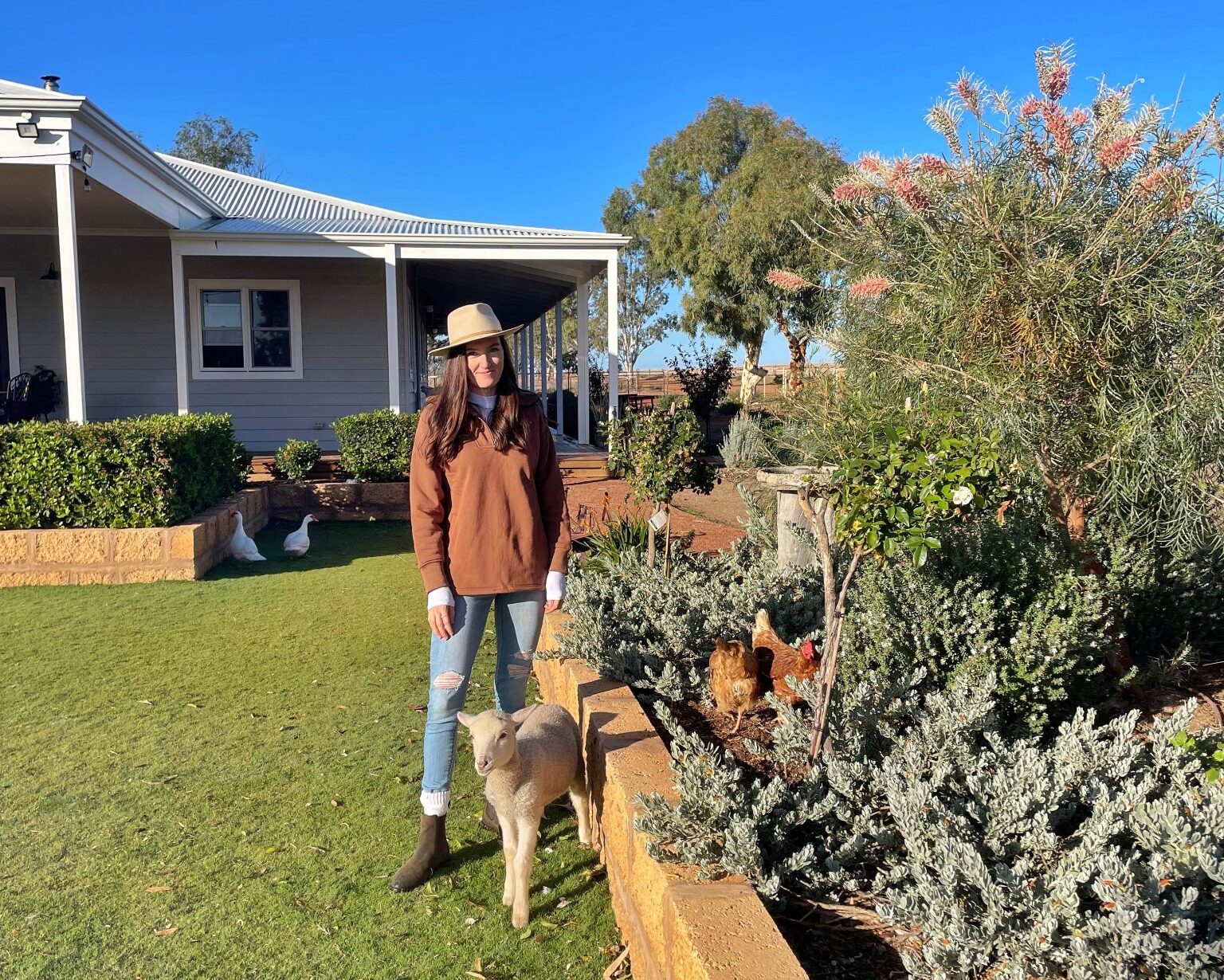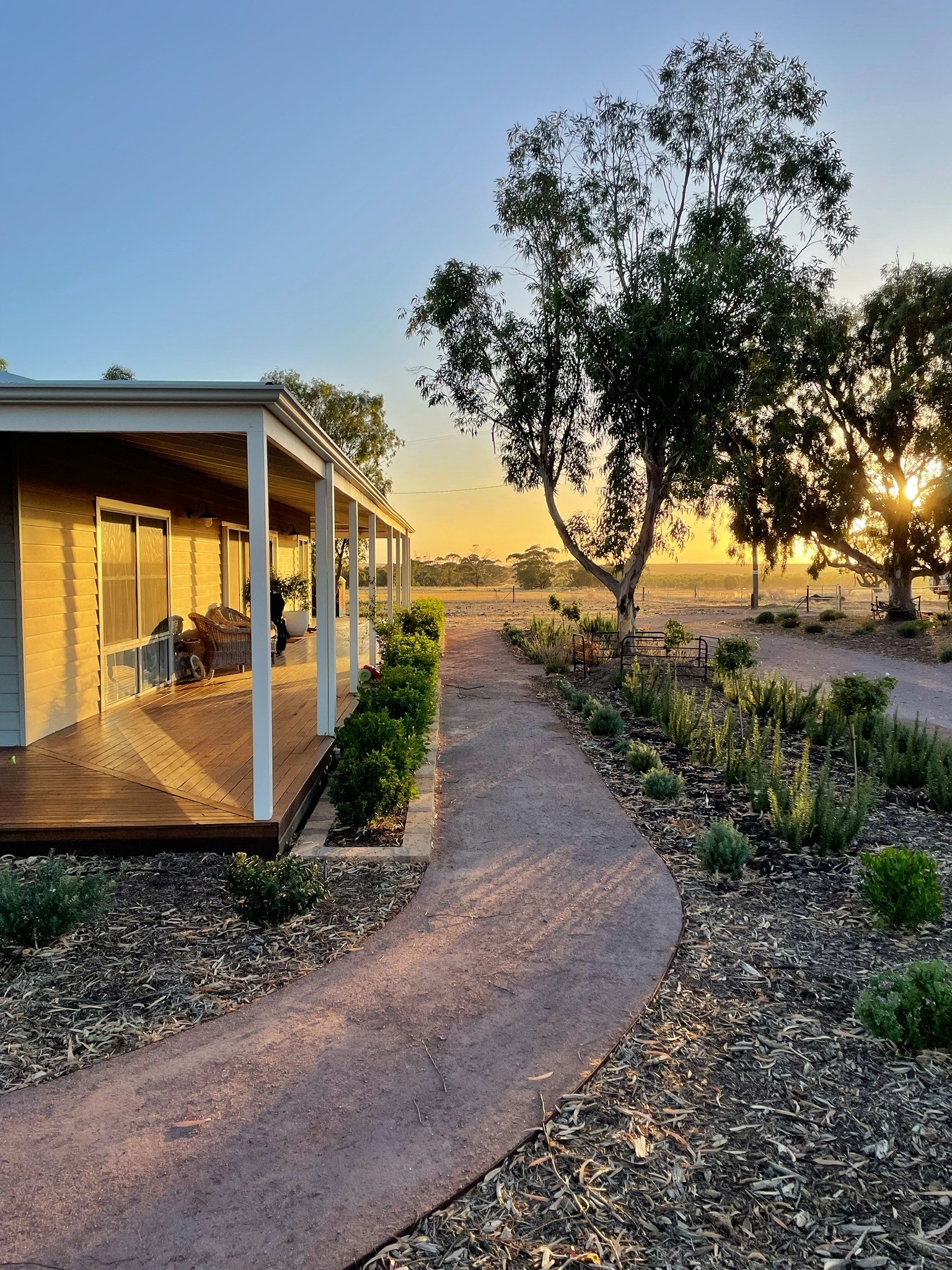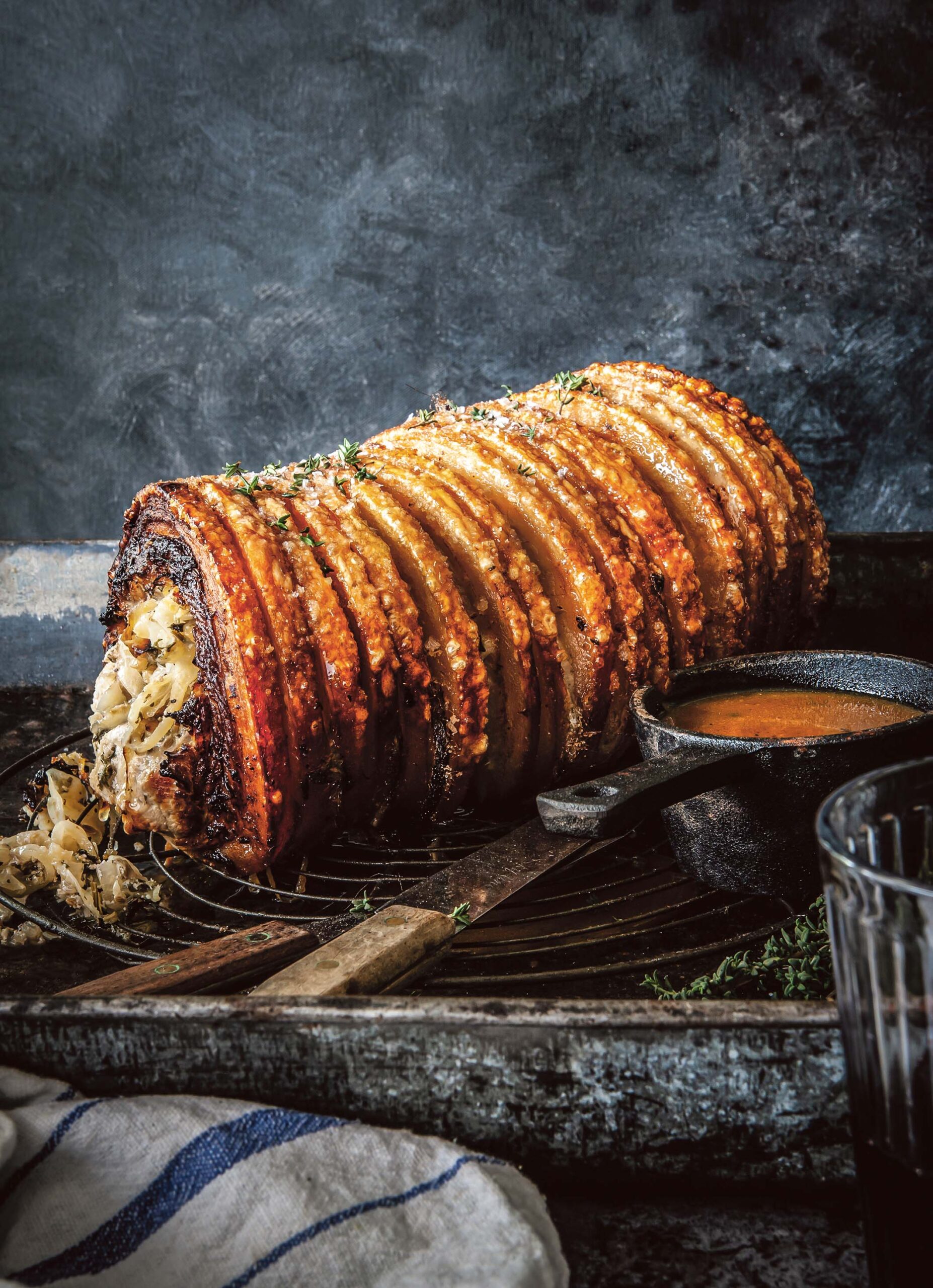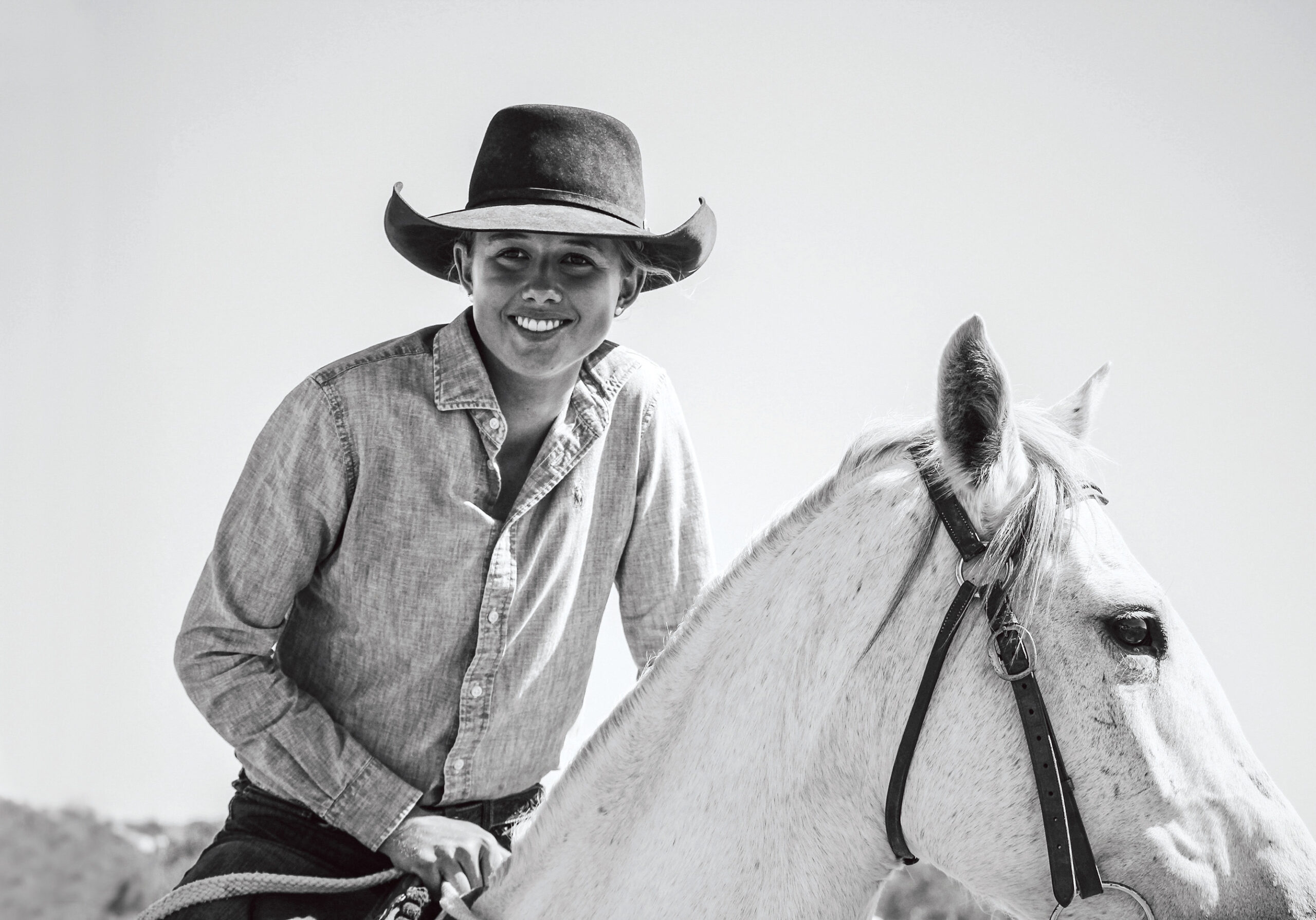Sign up to our mailing list for the best stories delivered to your inbox.
First step: make a plan and focus on one or two projects at a time.
INTERVIEWS CLAIRE AUSTIN PHOTOGRAPHY RHIANNE ELLIOTT


Sometimes, when life gets in the way, when the days are quickly turning into weeks, when the bus run comes up too quickly, sleep times are short or you can’t catch up with friends except by phone, the garden slips down the list of priorities.
Or, when the temperature is just right and the snakes are less active, it becomes easier to power through your to-do list. I was at a barbecue recently and, as it often does, the conversation turned to gardens.
This group of friends is a little ahead of me: all their kids are at primary school or just starting to venture to the city for boarding school. They are the ones I envy, with their established lawns and rows of plants that have already thickened into hedges. They talk about what plants are doing well, swap notes on types of mulch, how they control their edges and how their garden plans are coming along.
I can’t wait to be at the point of talking about how I control my edges. I originally established our lawn from many of these gardens, taking kikuyu runners from their beds. I’d get home with a boot full of runners and cuttings and diligently plant them.
Now the conversation has changed to which plants they are taking out to make the garden more manageable. They’re ready to simplify their gardens, so that it’s not a burden when time at home is such a luxury; when other priorities take over and gardening takes a back seat.
My days are currently filled with time spent doing unintentional laps of the garden, noticing what needs to be done, dreaming of the next project. Writing lists of plants to buy; wondering what the garden will look like as everything grows bigger. As the kids get older and life gets busier, there’s less wandering, less planning, some of the plants are bigger and the planning I was doing years ago is starting to resemble a real garden. I’m shifting from establishing to maintaining.
For Rhianne Elliott, who lives on a sheep and grain farm near Moora in the Western Australian wheatbelt with her husband Rob and their three girls, the time of the year and the responsibilities of farm life often dictates how much time they spend in the garden.
“The amount of time I spend in the garden is very seasonal. During the peak seasons of seeding and harvest on the farm, I tinker away for short periods most days — weeding, hedging, raking, tidying — while the girls play in their cubby house, paint or hold dance concerts on the lawn and feed their zoo of animals.
“During the off season we tend to tackle bigger projects and hard landscaping: fencing, lawn maintenance, projects I’ve been thinking up for when Rob’s home.”
The Moora region is characterised by a Mediterranean climate consisting of cool, wet winters and hot, dry summers. The garden Rhianne and Rob have created is well suited to its surrounds. “A practical aspect of our garden is that it is appropriate for the wheatbelt environment in Western Australia. Plant selection is based mostly on them being hardy and able to survive the climate.” Gravel paths are lined with plants such as rosemary, westringia and lavender. New plantings include olive trees, native gums and jacarandas.
“Our garden surrounds our farmhouse rebuild and really sets the scene for our home and encapsulates our style. It is authentic to the area, attracting native wildlife, birds and bees, and we’ve been able to repurpose materials from around the farm to complement and reflect the natural landscape,” says Rhianne.
Claire Austin chats to Graziher’s Life on the Land podcast about spring time in the garden. Article continues below.
Rhianne and Rob have created a beautiful and easy-care space where their days are spent at home with their young family. “We are in what I think of as a really wonderful season in our lives, with young children at home. We are spending every moment soaking up the slow days, before they are gone too soon. Our girls are living the best free-range childhood on the farm,” she reflects.
Rhianne’s experience confirms that whatever season of life we find ourselves in, whenever being in the garden fits into our lives and priorities, the thing that most gardeners seem to have in common is wanting to create a place of refuge and a space to watch their family grow.
TIPS FOR CREATING A LOW-MAINTENANCE GARDEN
1. Basics
Test your soil and water. It’s important to know the basics.
2. Usage
Know how regularly you’ll use the garden and how much time you plan to spend in it.
3. Planning
Make a plan. Focus on one or two projects at a time.
4. Selection
Choose plants that are suited to the environment.
5. Repeat
Plant en masse. Repeat planting creates a uniform look and is easier to care for.
6. Simplify
Reduce the number of garden beds you need to maintain.
7. Features
Use pathways and gravel areas as features rather than lawns, trees and plants.
Claire Austin runs the Gin Gin Garden Club.
Subscribe to Graziher and never miss an issue of your favourite magazine! Already a subscriber? You can gift a subscription to someone special in your life.
To hear more extraordinary stories about women living in rural and regional Australia, listen to our podcast Life on the Land on Apple Podcasts, Spotify and all major podcast platforms.

Irish butcher-and-chef duo Rick Higgins and Gaz Smith share recipes for porchetta with a winning stuffing, an indulgent mash and lamb shoulder with mother sauce.

Photographers share highlights of life on the land, from high-stakes competitions to moments of quiet contemplation.